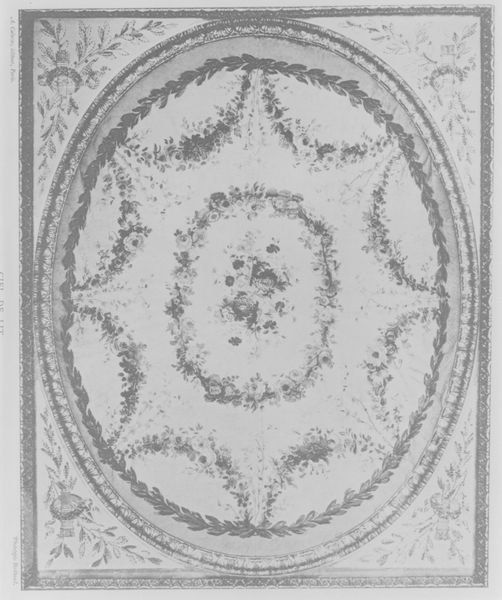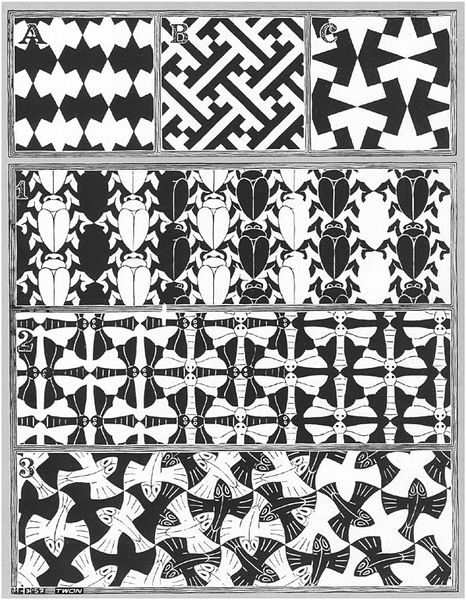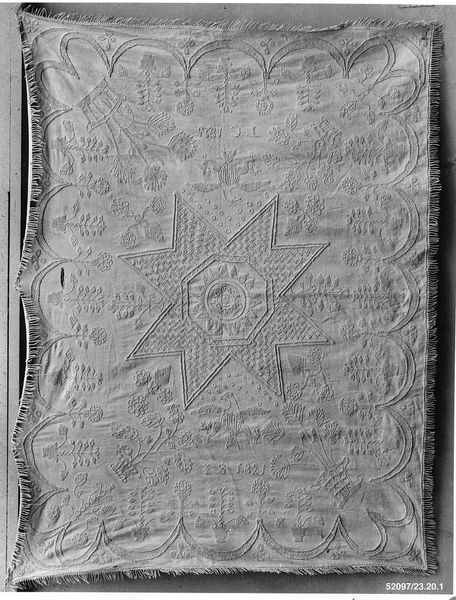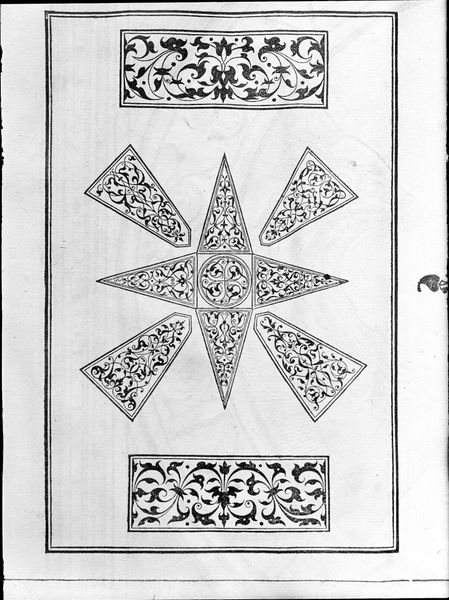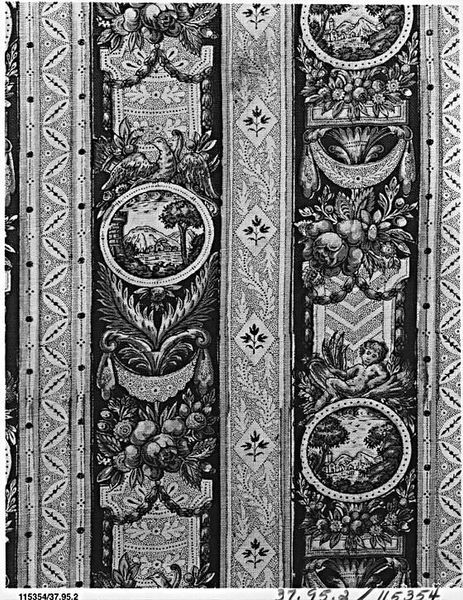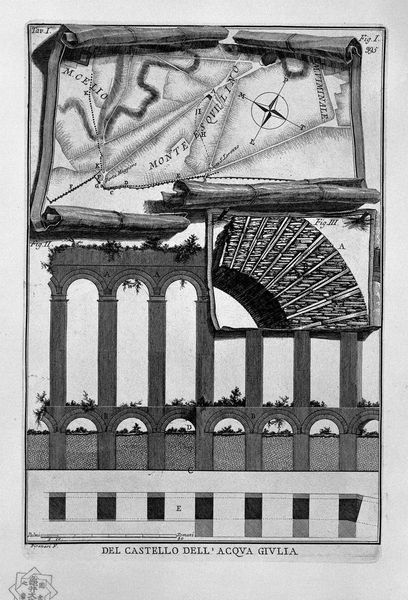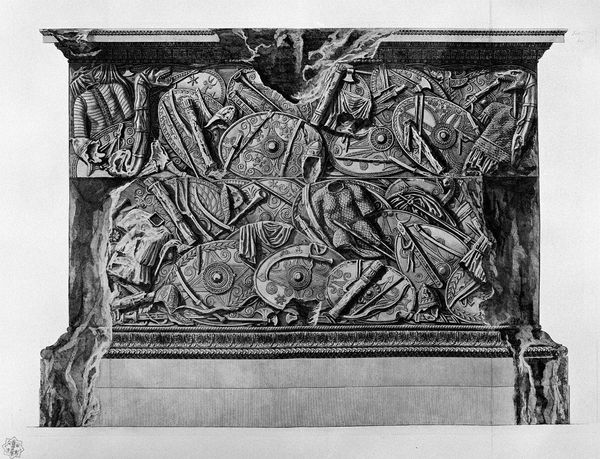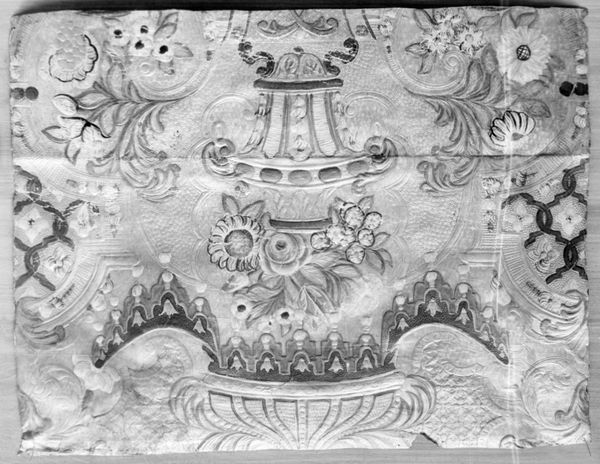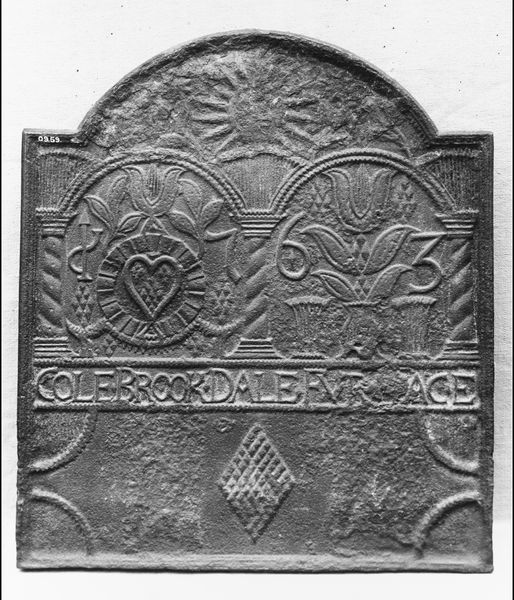
The Roman antiquities, t. 2, Plate XXX. Plan and elevation of a factory located not far from the burial Tower Slave. 1756
0:00
0:00
drawing, print, etching, engraving
#
drawing
# print
#
etching
#
romanesque
#
arch
#
engraving
Copyright: Public domain
Curator: The detail captured in Giovanni Battista Piranesi's 1756 etching, “The Roman antiquities, t. 2, Plate XXX. Plan and elevation of a factory located not far from the burial Tower Slave", is astonishing. The fragmented nature gives it an incredible sense of depth, wouldn’t you agree? Editor: Yes, an almost haunting quality! The high contrast of the etching accentuates the weathered texture and draws you into the detailed reliefs. But even in fragments, there’s a clear underlying structure and order in the circular patterns. Curator: Absolutely, but think about what that signifies for its original purpose. The print is documenting an actual structure, specifically a factory's floor plan. It showcases the ways the past—especially Roman grandeur—was being understood, categorized, and made accessible to wider audiences. Etchings like these fueled the neoclassical movement! Editor: Right, but focusing solely on function overlooks the power of the aesthetic itself. The symmetry in each of those rosette designs is remarkable, and within the framework, the depiction of griffins gives such animation and dynamic contrast. Even in its damaged state, the artistry clearly transcends basic functionality. Curator: That artistic expression does underscore a specific form of social currency, doesn’t it? To depict what was likely an industrial space with this level of detail shows how artistic renderings validated architectural forms. Consider how Piranesi's artistic interpretation has impacted historical interpretation to this day. Editor: Valid point. Still, seeing that tension between order and ruin, the interplay of mythical creatures with geometrical shapes...it strikes me first as a testament to the cyclical nature of beauty—a structure reduced, yet still radiating exquisite craftsmanship. Curator: Ultimately, Piranesi provides a crucial viewpoint. The aesthetic draws you in, compelling you to interpret how ancient architecture impacted his time, influencing contemporary construction, design, and culture. Editor: And his print’s beauty serves as an arresting invitation to closely study antiquity’s surviving forms. Thanks for clarifying, it brings a lot more meaning now.
Comments
No comments
Be the first to comment and join the conversation on the ultimate creative platform.

